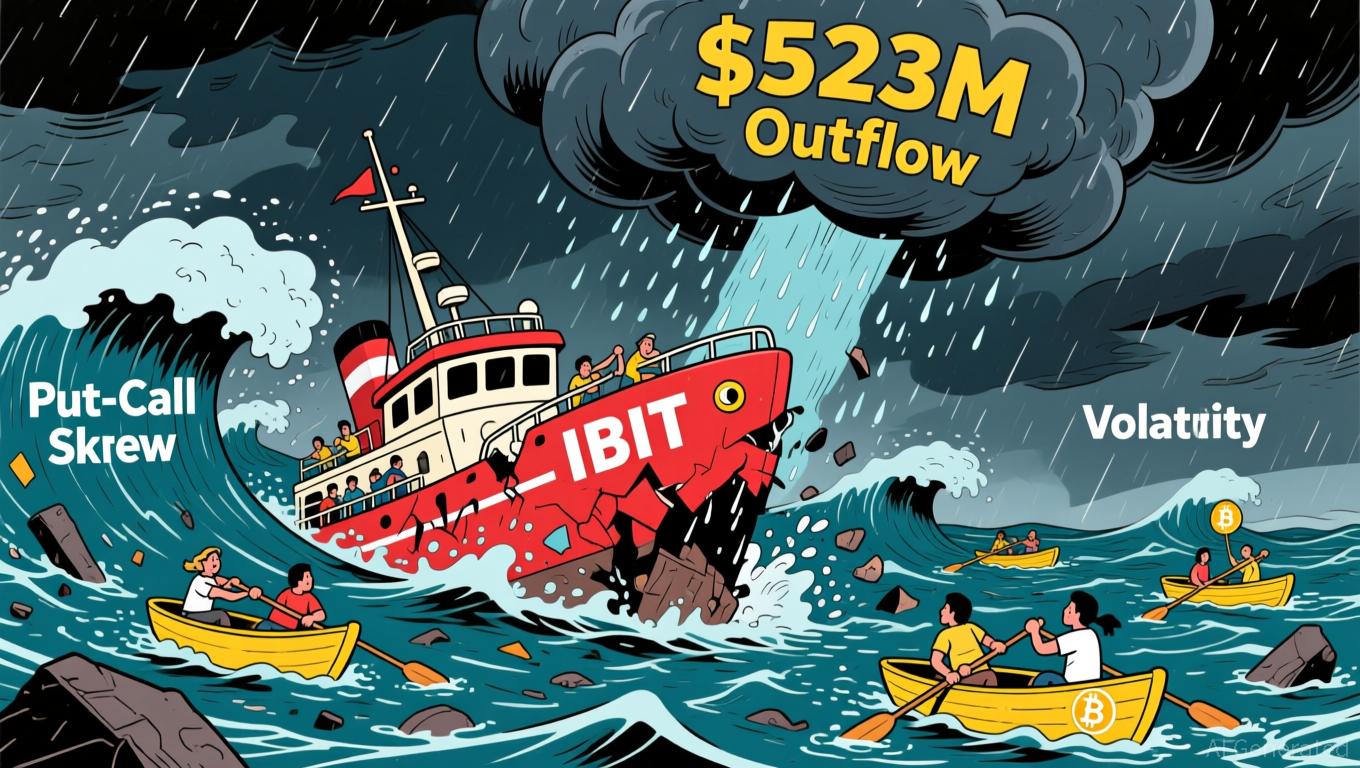Hyperliquid News Today: Hyperliquid's Reduced Fees Ignite Growth in DeFi's Overlooked Sectors
- Hyperliquid launches HIP-3 Growth Mode, slashing trading fees by over 90% to boost liquidity in niche assets and challenge centralized exchanges. - The permissionless framework allows deployers to activate ultra-low taker fees (as low as 0.00144%) while preventing parasitic volume capture through 30-day fee locks. - With $10B+ daily volume and infrastructure advantages like HyperBFT, the platform aims to attract liquidity providers to emerging markets despite past bad debt risks. - Analysts highlight the
Hyperliquid, a prominent decentralized exchange operating on-chain, has introduced HIP-3 Growth Mode, a new feature
Growth Mode operates in a
This move by Hyperliquid comes as competition heats up in the decentralized perpetuals space.

The launch has sparked considerable excitement on crypto social platforms, with many users
Even with ongoing volatility in the broader crypto market, Hyperliquid’s native token, HYPE, remains central to its economic model.
Industry experts point out that Hyperliquid’s approach fits with the sector’s move toward open infrastructure and user rewards. By merging speed, decentralization, and lower fees, the platform is transforming how on-chain liquidity is provided. However,
Disclaimer: The content of this article solely reflects the author's opinion and does not represent the platform in any capacity. This article is not intended to serve as a reference for making investment decisions.
You may also like
Bitcoin News Update: Japan's Bond Turmoil Triggers Worldwide Crypto Sell-Off Amid Yen Carry Trade Reversal
- Japan's $135.4B stimulus package triggered a 3.41% surge in 30-year bond yields, destabilizing the $20T yen carry trade and sparking global crypto/stock selloffs. - Rising yields threaten Japan's 230% GDP debt load with higher servicing costs, creating a "debt death spiral" risk as BOJ hesitates to tighten policy. - Forced deleveraging by financial institutions intensified Bitcoin's 26% drop, with Ethereum/XRP/Solana also falling 3-5.6% amid margin calls and capital repatriation. - Upcoming 40-year bond

Bitcoin News Today: Bitcoin ETFs See $523M Outflow as Investors Weigh Fear Against Long-Term Strategies
- BlackRock's IBIT ETF recorded a $1.26B net outflow in Nov 2025, its largest redemption since 2024 launch. - Bitcoin price fell 16% to $52, triggering $2.59B outflows across 11 spot ETFs as bearish options demand surged. - Put-call skew hit 3.1% (7-month high), reflecting heightened pessimism and capitulation pressures in Bitcoin's price action. - Gold ETFs gained $289M as investors sought safe havens, contrasting with $1B inflows to tech/healthcare sector funds. - Year-to-date Bitcoin ETF inflows ($27.4B

YFI Drops 1.7% After Subpar Weekly Results as Edgewater Showcases AI-Powered Wi-Fi at Canada’s Leading Semiconductor Conference
- Edgewater Wireless will showcase AI-powered Wi-Fi 8 solutions at Canada’s premier semiconductor symposium in November 2025. - The company’s CEO will highlight ultra-reliable wireless roadmaps and a $2.4M commercialization initiative supported by $921K in government grants. - Its patented Spectrum Slicing technology claims 10x performance gains and 50% latency reduction, aligning with Canada’s semiconductor self-sufficiency goals. - Despite a 11.85% monthly stock decline, Edgewater positions itself at the

Ethereum Updates Today: Ethereum Transforms into Digital Bonds, Soaring Above $3,000 Driven by Institutional Interest
- Ethereum surged past $3,000 in late 2025 driven by institutional demand, ETF approvals, and technical upgrades like the Fusaka upgrade. - BlackRock's staked Ethereum ETF attracted $13.1B inflows since 2024, reclassifying staked ETH as "digital bonds" for institutional investors. - Over 69 corporations now hold 4.1M ETH in treasuries, but ETF outflows highlight ongoing market differentiation from Bitcoin . - Fusaka's focus on layer-1 scalability aims to redirect economic activity to Ethereum's base layer